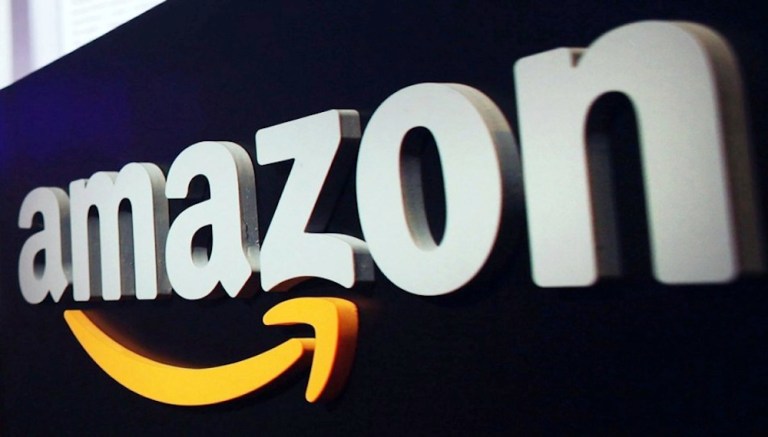
Earnings season often brings with it an interesting variety of outcomes.
Mostly these are the type of outcomes that are fairly easy to predict. Firms usually see their stock prices react to the earnings figures they just released, and generally that reaction tells you how good (or not so good) the numbers were. This week, Facebook is the example of the expected reaction – big number reported, big bounce in stock price in after-hours trading.
Sometimes however, the markets reaction is less than wholly predictable. One might think, looking at the numbers, that Apple’s investors would have ended that latest run of figures unhappy – but the stock price climbed post-release, despite a slate of results that indicated slowing growth.
Or the unpredictability can go another way – a firm can put up solid-to-impressive numbers only to see its stock price remain frozen largely in place. Amazon is this week’s Prime example.
But even if the numbers didn’t cause a run-up in stock price, they were impressive on their own – and were made a bit more so by the way Amazon came into its quarterly conference call ready to discuss a variety of its efforts.
By The Numbers
Said simply, Amazon neatly surpassed most of Wall Street’s expectations with the latest round of figures.
The online retailer reported earnings per share of $1.78 adjusted, far in excess of the $1.11. Revenue came in at $30.4 billion, pre-earnings forecasts called for $29.55 billion. This means all in all, Amazon notched a net income of $92 – a profit of 19 cents per share. This marks the third quarter in a row Amazon has reported net profitability.
Between now and this time last year, Amazon stock is up more than 40 percent over the past year.
As for operating income, Amazon reported $1.3 billion in the second quarter, compared with $464 million in second quarter 2015. The company posted an operating margin of 4.2 percent, compared with 2 percent in the prior-year quarter.
“Obviously this has been an incredibly strong stock since February or March so the bar is very high here,” said Edward Yruma, an analyst at KeyBanc Capital Markets. “Our big call out is the strong profitability of the North American retail business. At 6.6 percent [margins], you can’t make the argument that this isn’t a profitable business anymore.”
Profitable though it may be, however, the markets weren’t much moved. Stocks initially dipped after the news of what CNBC called “the big beat” and though the dip was temporary – the bounce one might have expected to see as of yet hasn’t shown.
The verdict seems to be that Amazon’s numbers were impressive – just not enough to impress investors.
Beyond The Numbers
Eschewing the “long speech” method of earnings calls, Amazon jumped right into analysts’ questions after briefly recapping the figures.
And offered some interesting insights.
Prime Now, for example, got a mighty plug, even with the caveat that delivering on demand is not easy work.
“We think this is an important part of our Prime offering. We know customers love it. We’re very happy with their order patterns from Prime Now, and very happy with it. Of course, we do always talk about – we always usually get asked about profitability and it is a very hard service to deliver and make money on, but we know customers love it and we’re in a great position to do this because of our long-term approach, our drive of greater efficiencies and our proximity to the customer with our vast global FC network,” noted Brian T. Olsavsky Amazon’s CFO.
Amazon also offered some insight into its India expansion plans – via some remarks from Jeff Bezos that were released concurrently with earnings. Bezos noted the launch of Amazon Prime in India earlier this week.
“The team in India is inventing at a torrid pace, and we’re very grateful to our Indian customers for their welcoming response,” Bezos noted
Speaking of international expansion – Amazon Dash is jumping across the pond to the U.K. Dash allows AmazonFresh customers to order groceries by scanning bar codes of items they want or need (or by manually keying it in if not barcode is available. Once scanned in, the Dash device automatically adds the items to a user’s basket. The roll out will be limited – it is only starting in 128 selected postal codes – but Amazon confirms that this will likely be the first in several steps toward expansion.
Echo also had another good quarter – the Amazon home speaker equipped with Alexa continues to fly off of shelves faster than Amazon can stock them – and the devices capacities are reportedly expanding exponentially. There are currently 1,900 things that users can ask the speaker to do, like order a Lyft, check flights through Kayak or order a pizza from Dominoes.
One thing it will not do – according to some reports – is tell customers what Amazon’s quarterly earnings are. As of yesterday, that was a question Alexa couldn’t answer.
And though Prime Day results were not directly factored in to the numbers – Amazon’s executive team did take several opportunities to tout the event – and its contributions to growing the Prime program.
By how much?
That remains a mystery – Amazon declined to update investors on the current count of Prime customers.
So what did we learn from Amazon? Much of what we’ve spent the year learning – the firm is growing strong and has an ambitious outlook on the future. We also learned that sometimes doing good or even great isn’t quite enough to get investors excited.
We’re curious to see what it looks like when Amazon actually manages to fully impress.